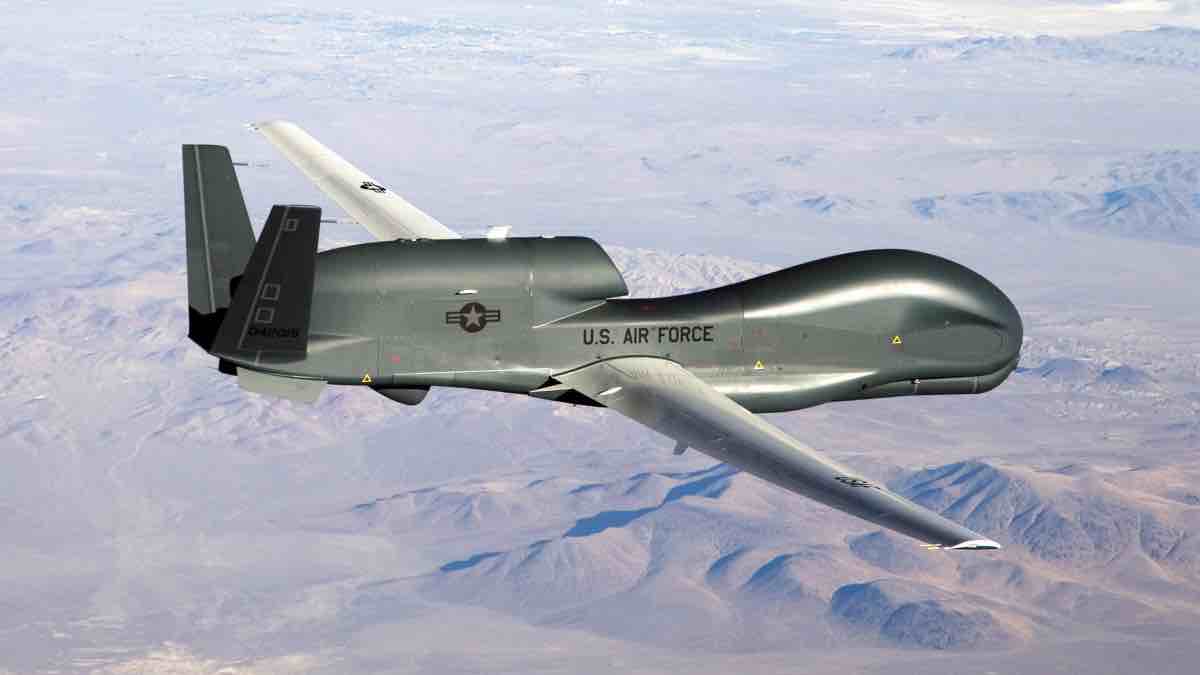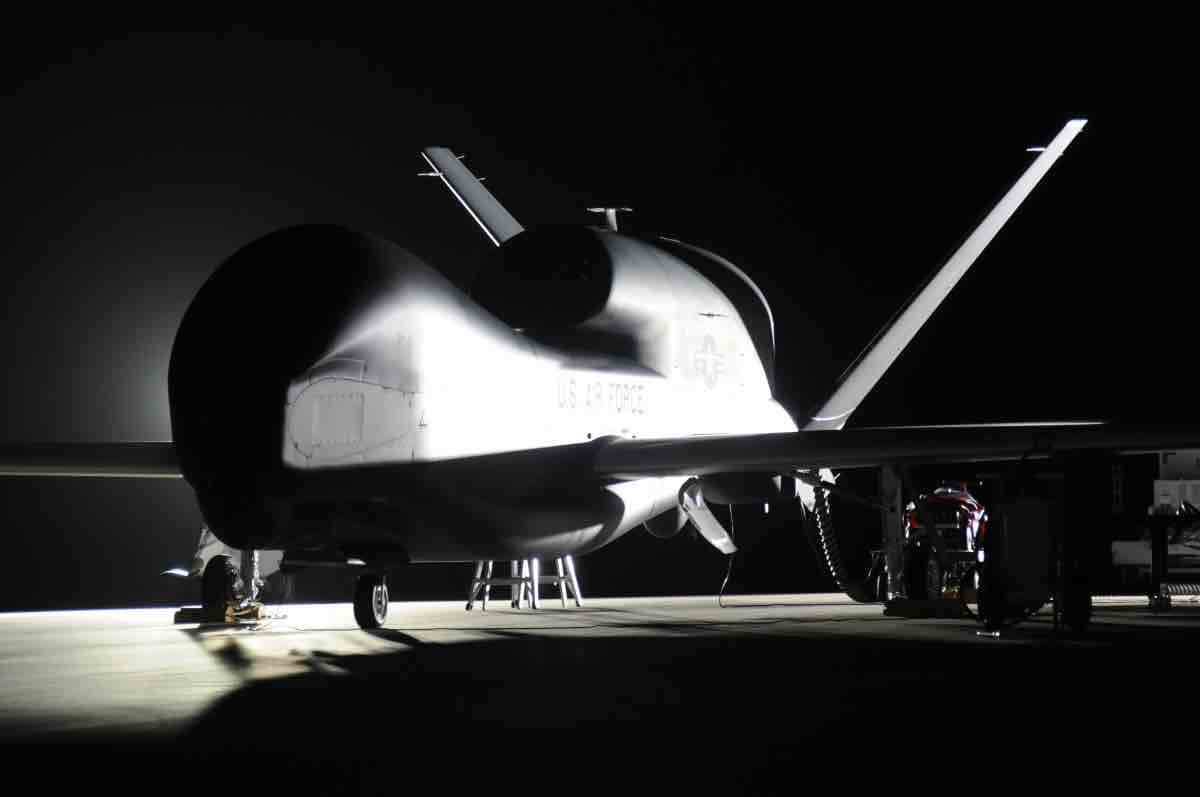Northrop Grumman EQ-4 Global Hawk: The Commander’s Backbone
Anywhere in the world, in any given climate or condition, commanders continue to deploy the backbone of unmanned aerial vehicles: the RQ-4 Global Hawk. In the days before UAVs were mainstays of the modern military, pilots were subject to all sorts of hostile requirements in order to get battlefield commanders the intelligence necessary to make life-saving decisions.

What sets apart the Global Hawk from slimmer, smaller UAVs is its ability to maintain altitude at 60-65,000 feet while providing continuous 24-hour on-station service. This is something that just isn’t feasible for one pilot alone. And now, the entire program is about to undergo a massive facelift.
The EQ-4, the RQ-4, and the U-2
The RQ-4 Global Hawk program launched officially in 1998. For almost twenty years, this unmanned craft has diligently served as a high-end watchdog for troops on the ground. Classified as a Tier II+ UAV by the U.S. Air Force, it can stay on-station for 24-hours, coordinate with other assets in the air, and seamlessly transmit real-time data down to ground commanders. The EQ-4 is a variant of the RQ-4 that is equipped with Battlefield Airborne Communications Node (BACN). So what’s changing with the EQ-4 versus the RQ-4?

There’s one place where the Global Hawk hasn’t beaten the competition: the aging U-2 Dragon Lady. This conventional, manned high-altitude surveillance aircraft program is well over half a century old. On top of that, it’s a very difficult plane to fly. Pilots risk their lives and well-being to maintain constant focus on multiple jobs while manning the U-2. However, the U-2 is simply the more cost-effective option between the two. If the EQ-4 becomes cheaper to fly at such high altitudes as the U-2, it will save pilot’s lives and incredible amounts of money long-term. That’s what the EQ-4 is attempting to do.
EQ-4 vs RQ-4
The EQ-4 Global Hawks wingspan is 131 feet and is equipped with a variety of payloads ranging from signals intelligence – ELINT, SIGINT sensors – to advanced optics that can pinpoint a rabbit on the ground. They also extend the ground commander’s communications, allowing troops to coordinate and maneuver cohesively over broader distances. In fact, extending that bcommunication is one of the main missions of the EQ-4. The BACN, the communications node that separates the EQ-4 from the RQ-4, uses block manned fixed wing and unmanned fixed wing UAVs to act as communications relays. Using airborne communication nodes dramatically extends the line of sight of VHF and UHF radio bands used by NATO and the United States to command and control the battlefield.
Ultra High Frequency transmissions are extremely efficient at transmitting data but in order for UHF to work, there needs to be a clear line of sight between users. Having multiple BACN participants up in the air helps ensure that everyone gets heard.
NASA Utilizing the EQ-4 Global Hawk
Battlefield commanders rely so heavily upon the EQ-4 program that as of November, 2015, the EQ-4 surpassed its 500th sortie.
It’s not just the military taking an inherent liking to the Global Hawk program – NASA also uses these unmanned aerial vehicles to conduct their own tests. Global Hawks can fly above severe weather cells – like a hurricane – and can travel incredible distances. This makes them ideal for testing scientific questions of the 21st century — questions like changes in ozone depletion or melting of arctic ice.
So, one thing is definitely for certain: the Global Hawk program is not going anywhere. It’s collects vital intelligence from the ground as well as the air, extends out the reach of communication amongst allied units, and shows promise towards helping NASA collect essential scientific data as well.
See EQ-4 Global Hawk Specifications
| Length: 47 feet 6 inches |
| Height: 15 feet 3 inches |
| Wingspan: 130 feet 9 inches |
| Max Speed: 357 mph |
| Ceiling: 60,000+ feet |
| Maximum Weight: 32,250 pounds |
| Combat Range: 12,300 miles |
| Engine: Rolls Royce-North American F137-RR-100 turbofan engine |
| Crew: Three (LRE pilot, MCE pilot, and sensor operator) |
| Armament: None |

